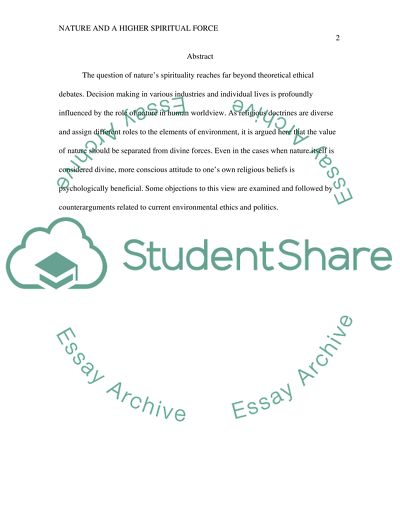Cite this document
(“Does the Beauty and Majesty of the Natural World Need to Be Tied to a Essay”, n.d.)
Retrieved from https://studentshare.org/english/1466602-does-the-beauty-and-majesty-of-the-natural-world
Retrieved from https://studentshare.org/english/1466602-does-the-beauty-and-majesty-of-the-natural-world
(Does the Beauty and Majesty of the Natural World Need to Be Tied to a Essay)
https://studentshare.org/english/1466602-does-the-beauty-and-majesty-of-the-natural-world.
https://studentshare.org/english/1466602-does-the-beauty-and-majesty-of-the-natural-world.
“Does the Beauty and Majesty of the Natural World Need to Be Tied to a Essay”, n.d. https://studentshare.org/english/1466602-does-the-beauty-and-majesty-of-the-natural-world.


